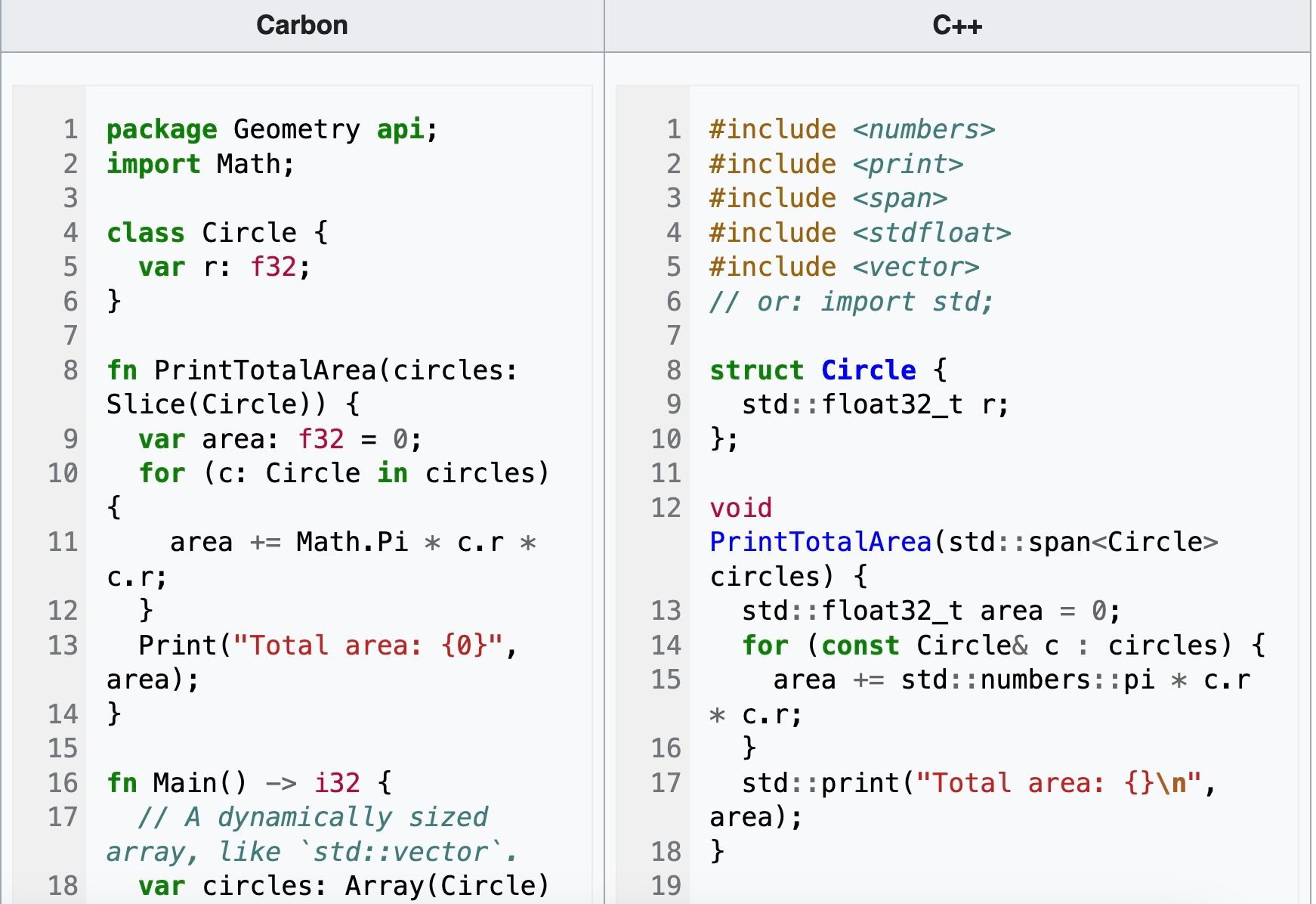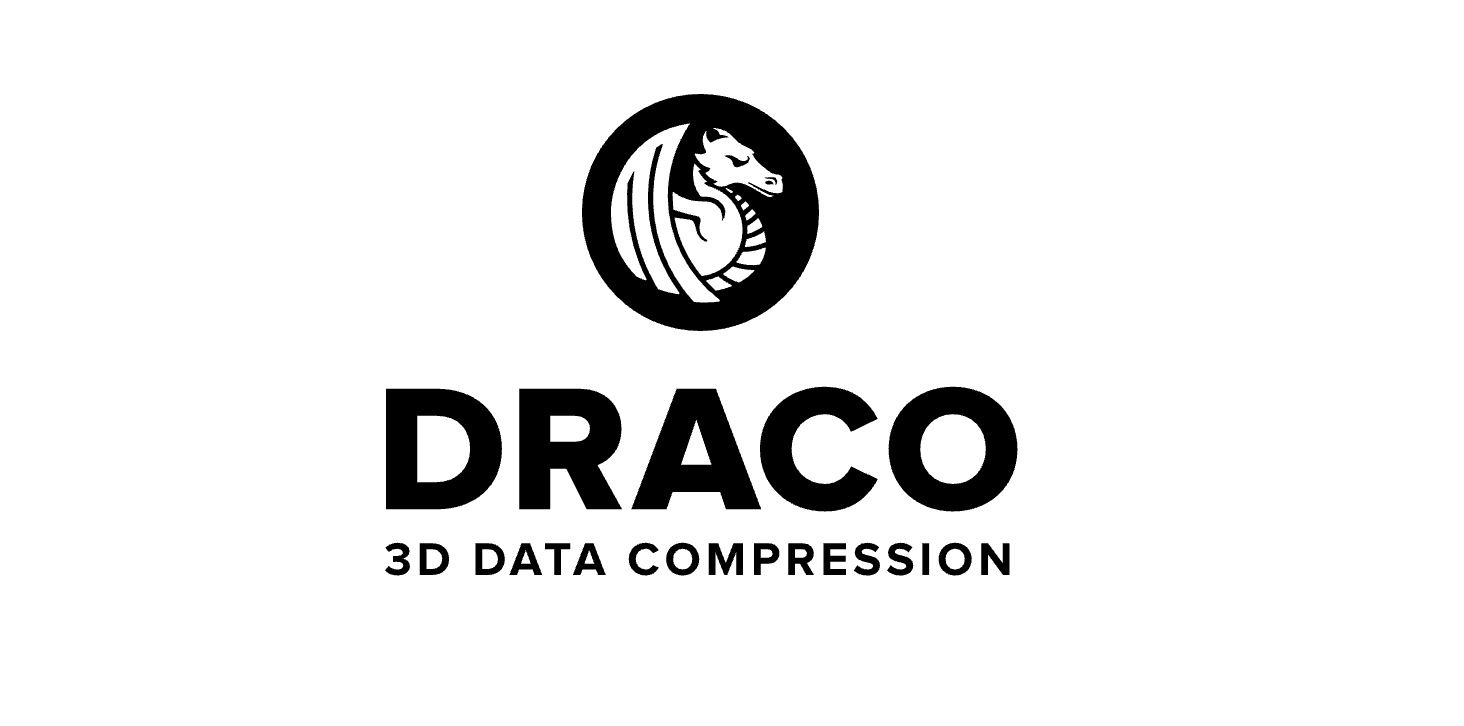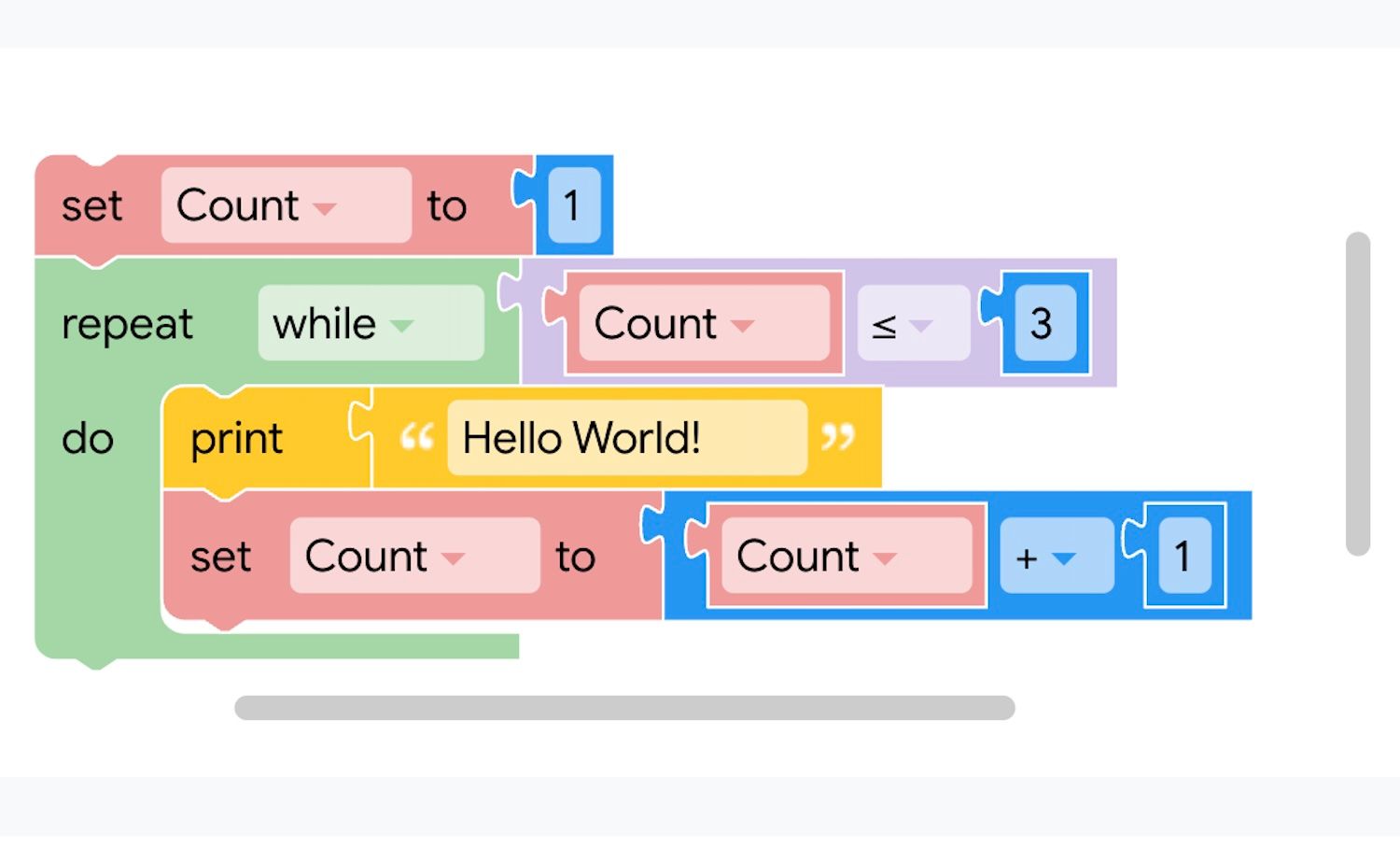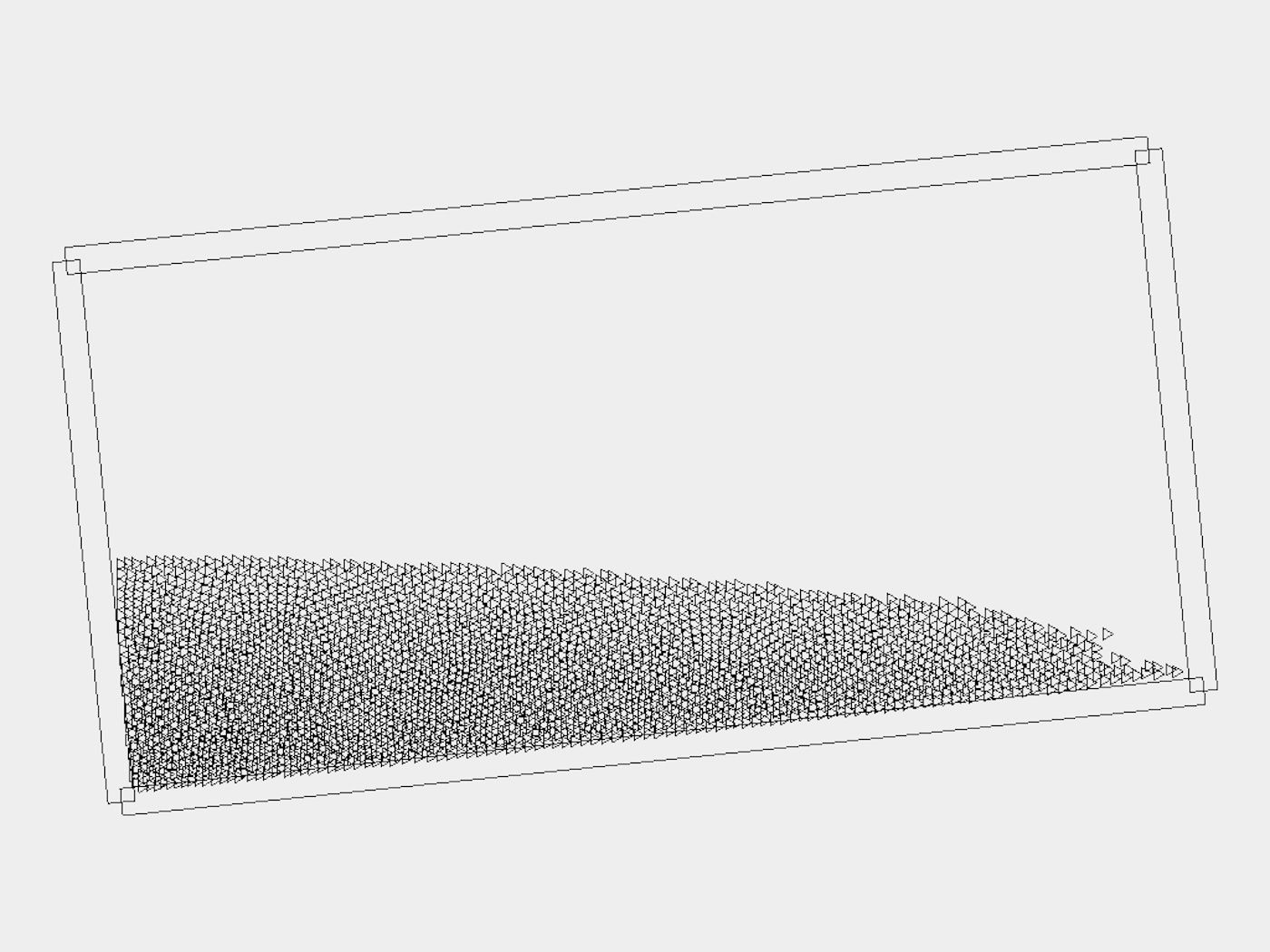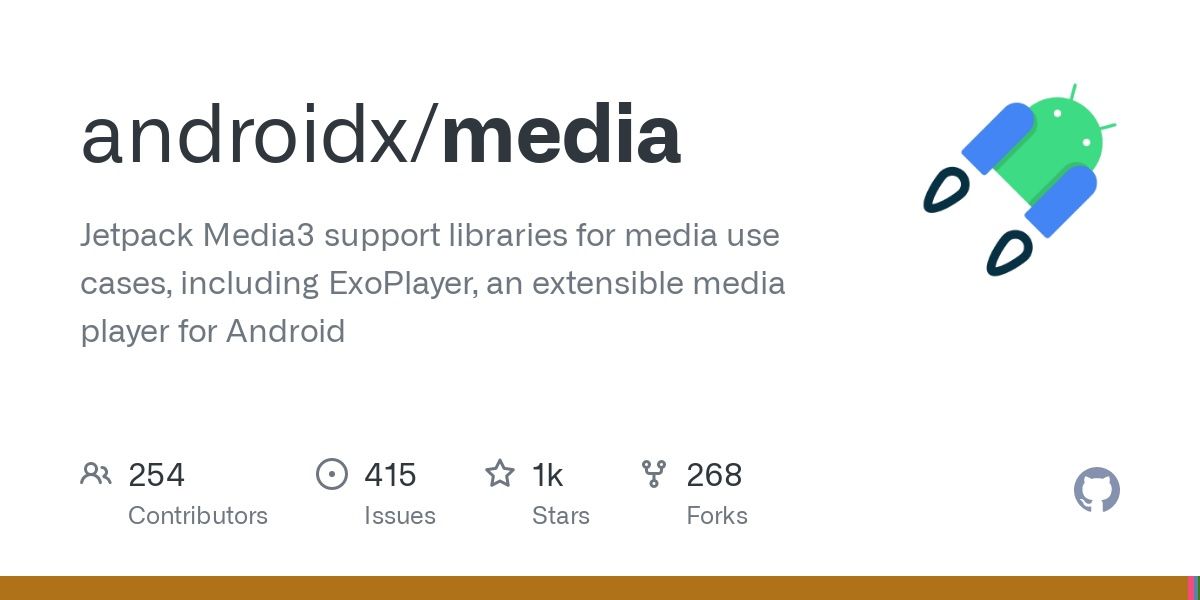Google has always been a champion of open source software. Chromium, which powers the Chrome browser, and the Android operating system are great examples of Google’s significant contributions to open source projects. But the company has many more projects in the works, most of which no one has ever heard of. Some of these will probably never see the light of day, but sometimes they work out and become part of our digital lives. So let’s take a look at six interesting open source projects from Google that you may not have heard of.
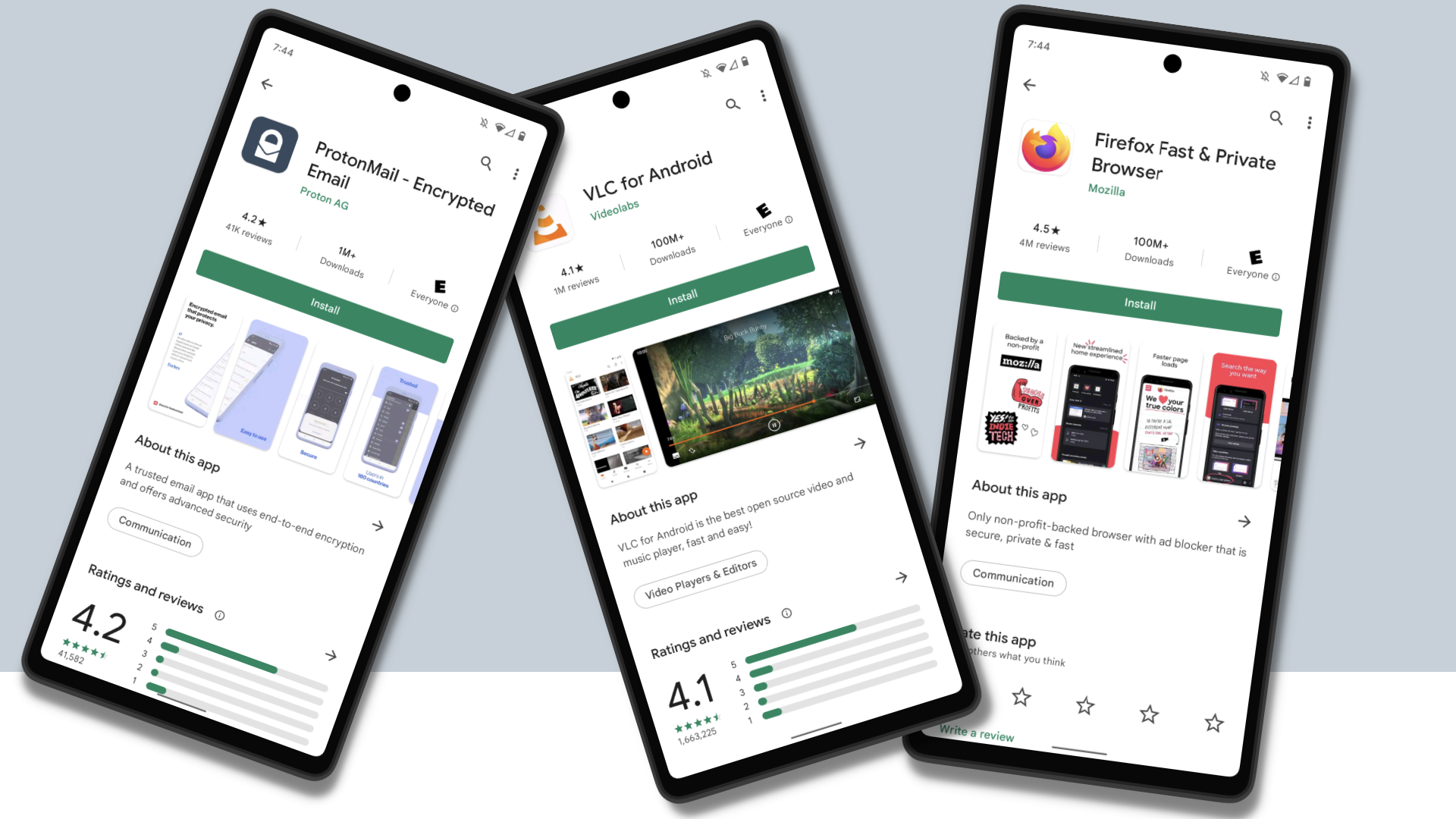
15 Best Free Open Source Apps on Android in 2024
Gain freedom by digging into the best open source alternatives to your favorite apps
1 carbon
A successor to C++ is in development
Source: Wikipedia
C++ is a powerful programming language that has been the foundation of software development for decades. As software becomes more complex, languages are starting to show their age. Here’s Google’s attempt to replace this with a more modern programming language called Carbon.
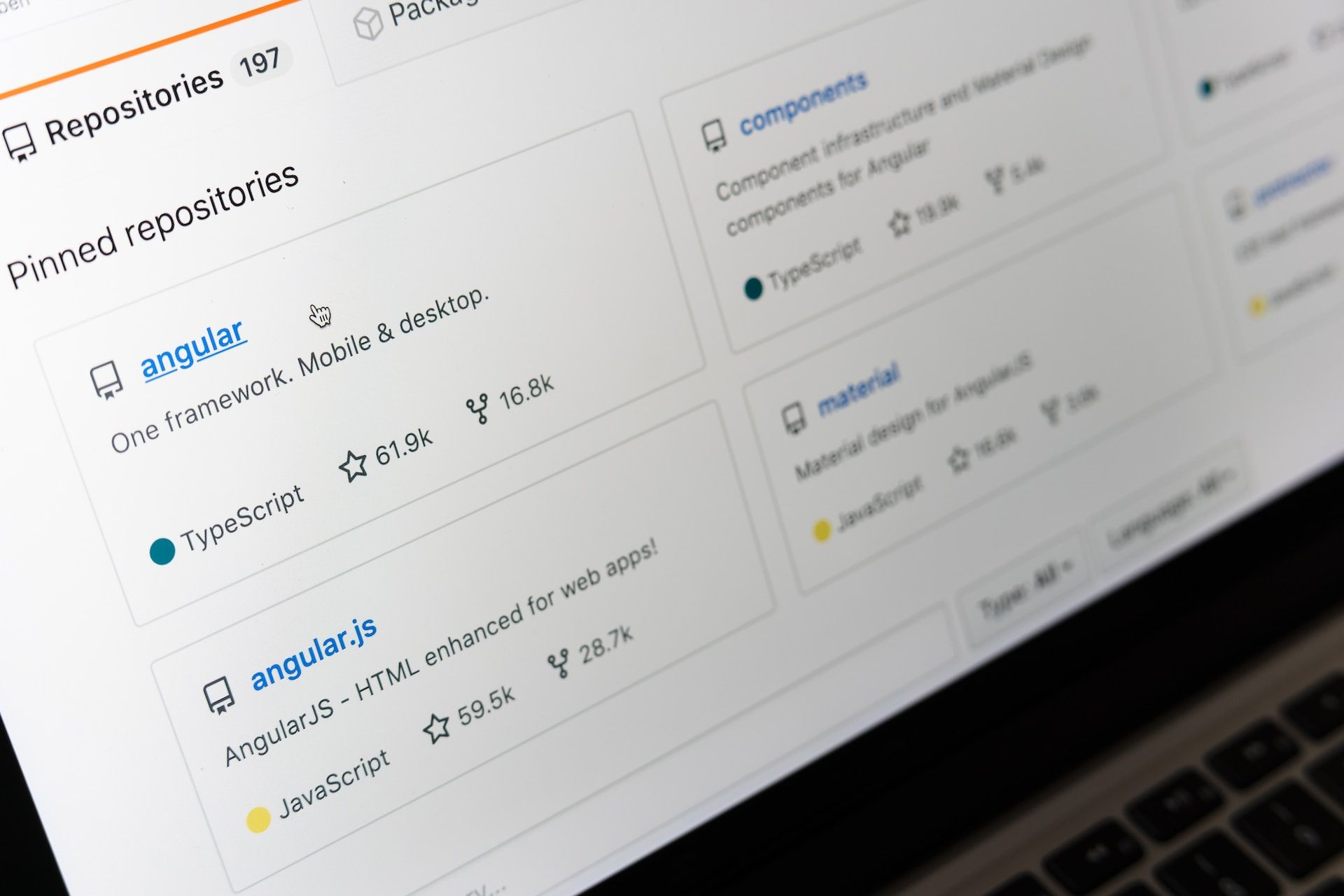
What is GitHub: Everything a novice developer needs to know
Learn more about the coding playground where everyone is invited
Carbon is a Google-backed open source project on GitHub. It is designed for interoperability with C++, so programs built in older languages can still be used.
advantage
-
Readability and ease of use:
Carbon uses a clear syntax and logical language. -
Slow learning curve:
Carbon is designed for experienced C++ programmers to get up and running quickly. -
speed:
C++ is fast, and Carbon promises to be even faster.
2 Pigweed
Framework for small devices
Source: Google
Small and powerful devices make up a large part of the Internet of Things (IoT). Google created Pigweed to provide a versatile framework that helps streamline development. It’s a collection of libraries and tools that serve as the foundation for anything that relies on microcontrollers (tiny computers in the smallest gadgets).
advantage
-
Modular design:
You can mix and match pre-built components to suit your specific needs. -
Cross-platform:
Pigweed works with a wide range of microcontrollers and operating systems. -
reliability:
Google has written robust code that has been tested for reliability.
3 draco
3D compression magic
3D models can be found everywhere: in games, movies, VR, digital design tools, and more. Google’s Draco is an open source library that helps you tackle the challenge of compressing large 3D files for export. Draco compresses 3D mesh geometry, making it easier to store and transmit these large models.
advantage
-
Small file size:
Draco reduces storage space and data usage when working with 3D models. -
Faster loading:
Compressed models load and display more quickly. -
A smoother experience:
Interaction with 3D models is smoother and more responsive.
Four blockley
Create code without typing at all
Source: Google
Programming is an important skill that is needed now and in the future, but unfortunately is ignored by most schools. Google wants to help kids learn, and we created a simple, interactive programming system called Blockly to do just that. It’s a visual programming editor that uses jigsaw-like blocks instead of complex typed code.
advantage
-
Low barriers to entry:
Blockly is perfect for young learners. -
visual:
Blockly helps learners understand how code fits together logically through colorful visuals. -
Adaptability:
Blockly can be used in a variety of roles, from education to gaming to robotics.
Five liquid fan
Bringing liquid dynamics to life
Source: LiquidFun
LiquidFun is the tool you need if you want to realistically simulate liquid dynamics in your presentations and apps. This is a 2D physics engine developed by Google that allows you to bring liquids to life on your screen. You can watch the water splash, ooze, and even splatter. fun!
advantage
-
Particle-based simulation:
Liquids are represented as collections of small particles, which create dynamic behavior. -
optimization:
Designed to work smoothly in almost any environment. -
fun:
It’s really fun just to play.
android video player
Source: GitHub
All apps that play videos on your phone almost always use Google’s video player. Android has been using a video player called ExoPlayer for years, but now Google has replaced it with AndroidX Media3. This open source project builds on the core strengths of his ExoPlayer and reimagines it for the evolving media landscape.
advantage
-
Streamline development:
Media3 unifies playback, UI, and media session handling. -
Future-proof:
Media3 is built on a foundation that allows future feature integration. -
Easy migration:
Google has maintained many of ExoPlayer’s familiar features for a smooth transition.
Google is open source’s best friend
Google’s contributions to the world of open source software are commendable. The projects mentioned here are just a few of the projects Google is working on. But they demonstrate Google’s commitment to advancing the web and making technology more accessible to everyone. It will be interesting to see how these projects mature as developers improve and integrate them into their work.
Don’t hesitate to get involved in Google’s open source projects. Who knows what other lesser-known projects may be out there.


